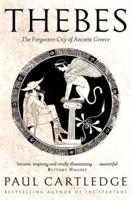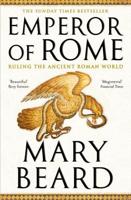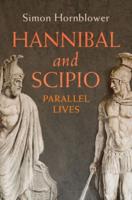Publisher's Synopsis
The Musezib-Marduk archive provides an interesting view of an individual's activities in Babylonia while that land lay under Assyrian domination, a period for which few other private archives of any size are attested in Babylonia. Although the transactions took place at eight or nine different locations, most come from Uruk and, to a lesser extent, Babylon. Musezib-Marduk's activities date from 678 until at least 649 (a career of at least forty-five years). It is likely that the political events of the period, in particular the rebellion of 652-648 led by Samas-suma-ukin, influenced his actions, and the end of the archive may have been connected to the collapse of Assyrian control in southern Babylonia. Although he seems to have spent most of his active career at Uruk, he may have been based at Babylon in the years immediately before the rebellion. Musezib-Marduk was no common citizen. He appears conducting business in at least five other locations in addition to Uruk. Every single document in the archive except for the very last one is connected in some way to his acquisition of property-either by purchase or as security for silver owed to him. He was clearly attempting to acquire property adjacent or near to property he already owned and to acquire full control of property to which he previously had only partial ownership. There is nothing about the texts that suggests that Musezib-Marduk had any connection to the Eanna temple-except for the fact that he owned property located in the district of that temple- in contrast to many of the legal and administrative texts from the following Neo-Babylonian period at Uruk. No relatives of his appear in any of the documents, nor are any clearly attested in any other document known to the author. Thus, this reconstructed archive is comprised of documents for a single generation and provides light on the career of one individual during a period when relatively few such archives have been preserved. This volume contains text editions of 33 legal documents written on clay tablets pertaining to urban and rural real estate in Babylonia. The edition comprises copies of the cuneiform texts with transliteration, translation in English and philological as well as contextual commentary.










